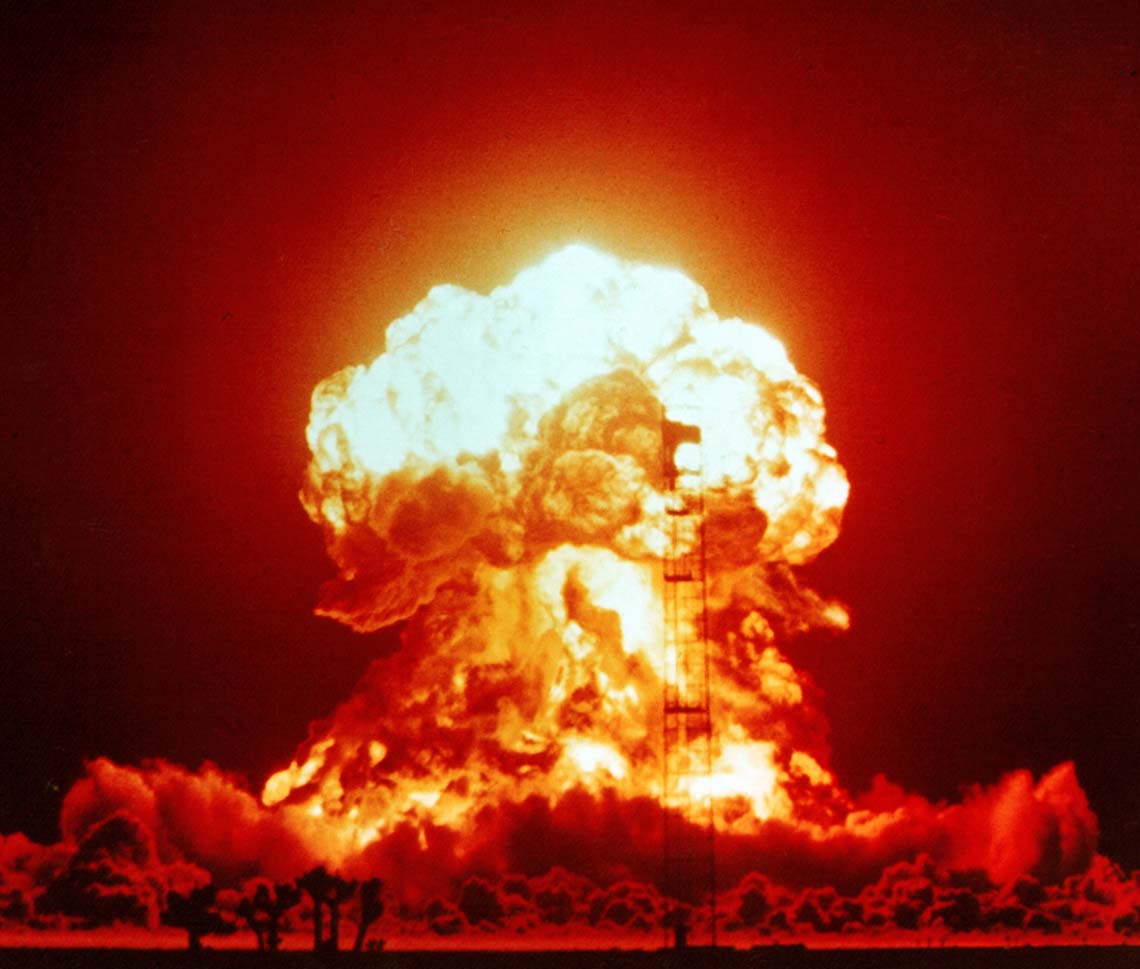Hello, curious Lemmies! 🌟 Let’s explore the realm of forage production and its resilience in the face of potential fallout challenges. Forages encompass a diverse range of grasses, both improved and native, vital for livestock nutrition. However, they’re susceptible to early fallout, which can harm or even kill them.
Interestingly, research by Woodwell (1967) reveals a fascinating aspect: radiation levels that reduce wild plant species by 50% show no significant impact on the dry-matter yield of the area. Pasture and hay crops generally appear to be less sensitive to radiation compared to grain crops.
While early fallout may pose a threat to pasture forages and cereal grains, there’s a glimmer of hope. Pasture forages and grains that may have been affected could still potentially be used for grazing after a period of radioactive decay. Moreover, irradiated cereal grains, even if they prevent grain formation, might still be repurposed as forage, benefiting cattle and sheep.
Let’s keep this conversation flourishing! How can we adapt our agricultural practices to navigate potential fallout challenges while ensuring a consistent and nutritious supply of forage for livestock? Your thoughts and brainstorming are encouraged! 🌾💡

